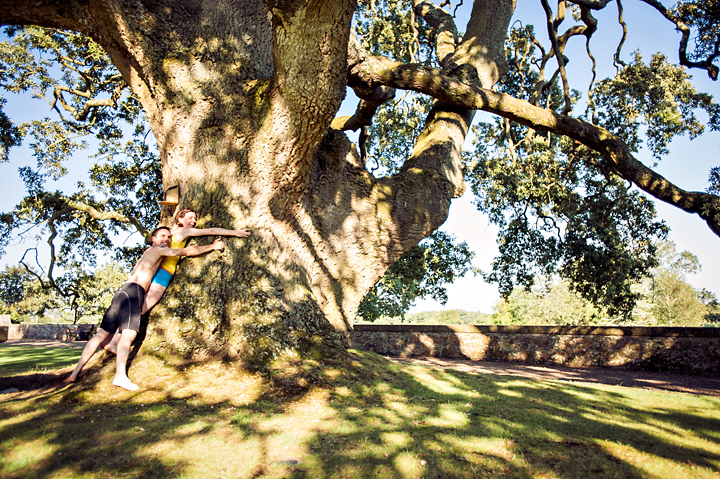THE TREE OF YOGA represents one of the 4 main Paths of Yoga ~ ‘RAJA’ or Royal Yoga. The Tree has EIGHT LIMBS or ‘branches’ (referencing Patanjali’s Sutras and ‘Ashtanga’ or ‘Eightfold’ path (not to be confused with the famous school of Yoga).
These ‘limbs’ or ‘practices’ CHALLENGE the body and mind and the faithful Yogi who is facing those challenges head on is definitely on their path towards spiritual liberation. It is not necessarily an easy path. It is definitely a PRACTICE and by the very nature of that word ‘practice’ will be ‘ongoing’.
ASANA (what we focus on at YM) is the THIRD limb from the base of the Tree ~ its placing here reveals another important factor; In order to practice Yogasana in the true spirit and intention that it should be practiced (one of the things that distinguishes Yoga from other forms of exercise) one cannot ignore the two limbs just below:
YAMA and NIYAMA
There they are at the very base of the Tree! and you might consider they serve as a ‘foothold’ for the next practices. Yama meaning ‘Restraints’ and Niyama meaning ‘Observances’ are a good CODE OF CONDUCT for how to live ethically for budding Yogis and of course for adepts too!!
Yes, there are other codes of conduct in different philosophies and religions but the beautiful thing about Yoga is, it not being an exclusive restricted club, you don’t even have to reference Yamas/Niyamas in order to live well.
In all likelihood if one has a good moral compass I don’t think one will go far wrong but if one doesn’t have a moral compass (a disorder of attitude that some recognise in themselves and can exert rationality and control over) and/OR one is unsure of where to start and doesn’t’ already have a religion (e.g. 10 commandments) or philosophy (e.g. Aristotle Ethics for living a good life) that can help one rationally keep morals in check, one can anchor oneself to the Yama/Niyamas until finding something better (?) or stick with them forever 🙂 . I find many Yogis take a blend.
I mention Yamas and Niyamas in blogs and in class but do not always go into detail as I am well aware those interested will do their own research if they are curious. I plan to blog each in turn as a simple guide to help YM practitioners (YOU 🙂 ) know how to apply the principles whilst you are on your mat at YM. Many of them will be recognisable as being built into our website (static info), new Yogi guidance (blogs), etiquettes and terms so hopefully you will discover on reading there is even more to our ‘Rules’ 🙂 than us just doing our best to manage an environment with many different peoples and their differing ideas on how they can be in the world/Yoga school/on their mat. All that guidance is part of how we ‘teach’ you Yoga in the broader sense of the word. Some of it may seem obvious but I would urge you to pause and consider that what is obvious to you may not be obvious to another practitioner as we unique individuals with different histories step on to our mats.
For some Asana will just be a physical exercise and we absolutely acknowledge that at YM. We are here to serve regardless. We acknowledge that those in that category will bring their experiences into our studio with them and derive from or contribute ‘their’ own meaning to what is going on there. We do have a hope that one day they may listen and we might ignite a passion in them for a Yoga lifestyle. We will hope that one day the practicing Yogis around you will positively influence the way you perceive things in the room/world around you and that may act like a catalyst for positive change and Yoga class will become so much more for you than just exercise. When you are new ~ do what you need to do ~ for YOU. It is YOUR practice. For many on this lifelong journey seeking more they will discover on delving further that Yogasana is just a ‘part’ of broader system dedicated to the ‘spiritual’ development of, or ‘unveiling’ of that spiritual side of humans.
We want to help you EVOLVE YOUR PRACTICE and I will hopefully, in the next 2 blogs, give you food for thought as to how YOU can apply each Restraint and Observance when you are ON YOUR MAT or at least in the Yoga studio environment. Surely it is the continual reference to these by every practicing Yogi, at the very least when they are in studio, that brings life to their Yoga and brings their Yoga to life? Like a philosophical problem that must be dwelt in, the ethics must be visited again and again and in this frequent revisiting lies the solutions to many of life’s problems.
HOPEfully you will see how applying them will help you build a strong foundation of support for practicing the other limbs on your path to enlightenment (if you choose) or at the very least help you ensure safety and MAXimum therapeutic value in your Yogasana practice.
Tune in next time for PART II ~ YAMAS.
Om Om Om Make Your Yoga Royal

